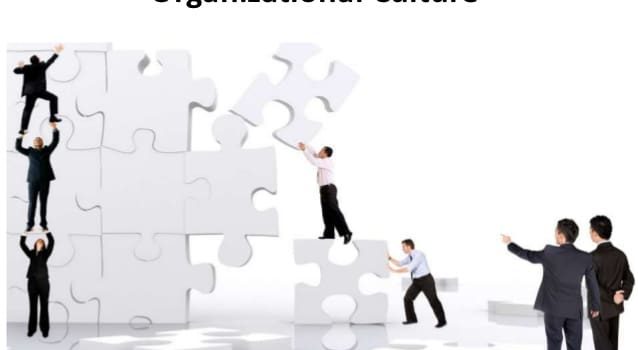)
How would you describe your organization? What is your company’s culture? An organization’s culture is defined as the set of shared meanings and values held by a set of members in an organization that distinguish the organization from other organizations. This shared identity is what will help employees understand the company’s values and internalize them to make them their own. The culture can be manifested in two ways within an organization: a dominant culture or a subculture. A dominant culture is the core values shared by most of its members. The dominant culture is also the public face of the organization, what they are known for. By contrast, a subculture within an organization shares different ideas from the dominant culture. The subculture can be as innocuous as a certain group having a different experience or role within the organization that causes their culture change. It can also be more divisive, with an “us versus them” mentality. It is important for organizations to understand the potential impacts of their cultural identity to avoid misrepresentation and to foster employee loyalty and trust. If an organization does not properly frame their values or leave it up to employees or outsiders to define, they run the risk of losing their organizational identity.
Generally, there are four types of organizational cultures:
- Clan Culture: This type of work environment has a friendly, familial feel where people have a lot in common. The leaders are seen as mentors who facilitate team building and involvement. The organization is held together by loyalty and tradition and is driven by the values of commitment, communication, and development.
- Adhocracy Culture: This is a dynamic and creative working environment where employees are given the freedom to pursue individual initiatives and take risks. The leaders are seen as visionaries and innovators who aren’t afraid to take risks. Success is measured by the organization’s long-term goals to grow, create new resources and provide new products and services.
- Market Culture: This is a competitive environment that is focused on goals and is results-based with an emphasis on finishing work and getting things done. Reputations and results matter. The leaders of this organization are competitive and high producers themselves. Success is measured by market share, goal achievement, and profitability.
- Hierarchy Culture: This is a structured work environment where there are formal rules and policies in place to keep the organization together. Procedures and processes are in place to determine how work will be completed. Management thrives on structure and organization and works as coordinators or monitors to ensure that work is completed efficiently, within allotted times and consistently across the business. The long-term goals are stability and results, paired with an efficient and smooth execution of tasks.
Organizational culture is shaped by a company’s leadership and plays a major factor in its overall success. As such, management will want to ensure they strike the right chord in developing and sustaining the culture of the organization. While there is not a one-size-fits-all culture template to meet the needs of all industries and situations, leaders can consider taking the following steps to manage their organization’s culture:
- Identify common artifacts or traits, including those from the standpoint of an organization’s social, material and ideological culture.
- Convene groups of employees—representatives from all levels, functions, and locations of the organization—to assess the validity, significance, and currency of key artifacts.
- Subject those traits to a rigorous assessment of their underlying shared assumptions, values, and beliefs.
- Summarize findings and share them with all participants to solicit additional insights.
- Create a culture management action plan. The plan should enhance traits that support corporate growth or organizational effectiveness and correct traits that might hinder a company’s advancement.
An organization’s culture tends to emerge over time. Taking time to assess your existing culture is a crucial step in developing sound strategies that support enterprise objectives and goals. Although it can be a painful practice to take an honest look at management’s policies, views, as well as the overall values and attitudes of the organization, it can reap great rewards: team trust, seamless integration, increased productivity and financial success. If an organization’s culture is going to improve the organization’s overall performance, the culture must provide a strategic competitive advantage, and beliefs and values must be widely shared and firmly upheld.

